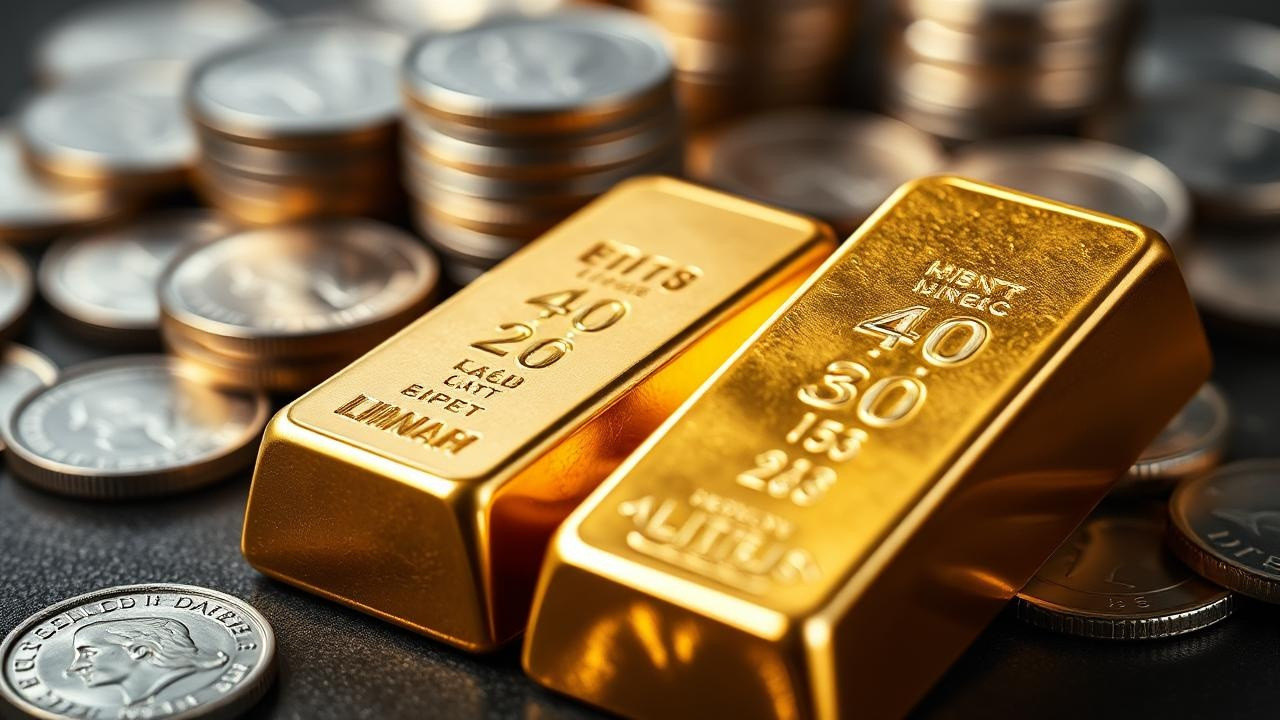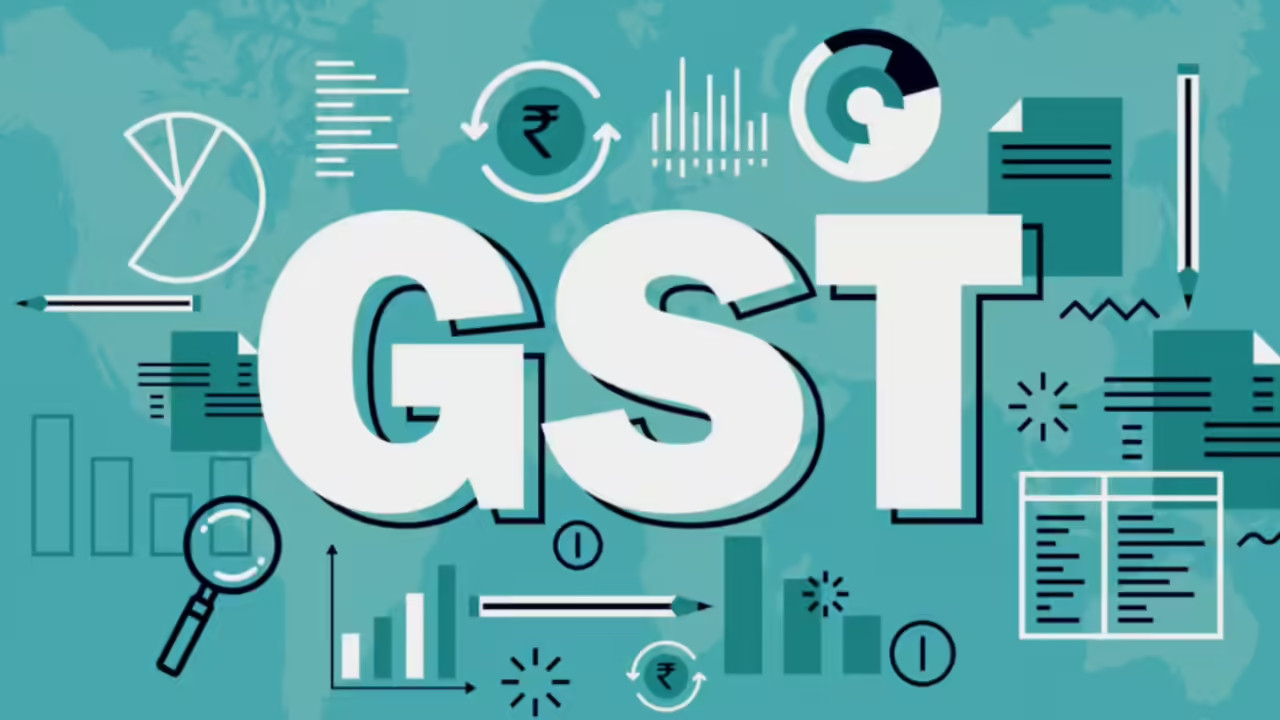Gold prices in the national capital surged by Rs 1,000, reaching Rs 1,00,020 per 10 grams, driven by strong buying from stockists. Silver also saw a significant increase, climbing Rs 3,000 to Rs 1,14,000 per kilogram. Globally, spot gold experienced a slight dip as investors await insights from US Federal Reserve officials and key economic data releases.
Golden Days (and Nights): Why Gold Prices Are Glittering Like Never Before
Remember when hitting ₹50,000 for 10 grams of gold felt like a milestone? Well, those days are firmly in the rearview mirror. Buckle up, because the yellow metal is on a tear, and recent market activity has pushed gold prices to unprecedented heights, even breaching the ₹1 lakh mark for 10 grams in Delhi markets. This isn’t your grandma’s jewelry box anymore; we’re talking serious economic forces at play.
So, what’s fueling this golden rush? And what does it mean for you, the average investor (or soon-to-be jewelry shopper)? Let’s unpack this glittering phenomenon.
Stockists on a Shopping Spree: Driving Gold’s Upward Trajectory
One of the key drivers behind this surge is increased buying activity by stockists. These aren’t just your local jewelers stocking up for wedding season. We’re talking about large-scale purchasers who see gold as a safe haven asset, especially in times of economic uncertainty. Think of it as the financial equivalent of hunkering down in a well-stocked bunker when the storm clouds gather.
This increased demand, coupled with existing global anxieties, is creating a perfect storm for gold price appreciation. When stockists aggressively buy, they deplete the available supply, naturally driving prices upward. This creates a self-fulfilling prophecy – as prices rise, more stockists jump in, fearing they’ll miss out on future gains.
Silver’s Shiny Sidekick: Riding the Precious Metal Wave
Gold isn’t the only precious metal enjoying a moment in the sun. Silver is also experiencing a significant upswing, with prices jumping by a staggering ₹3,000 per kilogram. While often overshadowed by its more glamorous sibling, silver plays a vital role in various industries, from electronics to solar panels. This dual demand – investment and industrial – is contributing to its price surge.
The silver market often mirrors the sentiment surrounding gold, albeit with its own unique dynamics. When investors flock to gold as a safe haven, silver typically follows, benefiting from the overall positive perception of precious metals as a hedge against inflation and economic instability. This synchronized dance between gold and silver underscores the broader market trend towards tangible assets in uncertain times.
Global Uncertainty: The Undercurrent Driving the Gold Rush
Let’s be honest, the world feels a bit… unpredictable right now. Geopolitical tensions, economic slowdowns, and inflation fears are all contributing to a sense of unease in global markets. In times like these, investors often seek refuge in assets perceived as stable and secure. Historically, gold has always been that asset.

Gold’s intrinsic value and limited supply make it an attractive option when traditional investments like stocks and bonds become volatile. It’s a tangible asset that holds its value, even when currencies fluctuate and markets crash. This inherent stability makes it a sought-after commodity during periods of global uncertainty.
What Does This Mean for You? Navigating the Golden Landscape
So, what should you do with this information? Are you suddenly going to start hoarding gold bars in your basement? Probably not. But understanding the factors driving gold prices is crucial for making informed financial decisions.
* Investors: If you’re considering adding gold to your portfolio, now might be a good time to do some research and consult with a financial advisor. While past performance is no guarantee of future results, gold’s historical track record as a safe haven asset is undeniable.
* Consumers: If you’re planning to buy gold jewelry soon, be prepared to pay a premium. Consider exploring alternative options like lab-grown diamonds or silver jewelry to stretch your budget. Delaying your purchase might also be a smart move, in the hopes that prices will stabilize in the future. You might also consider the benefits and drawbacks of different forms of gold investment before purchasing.
* Savers: As inflation continues to impact the value of savings, consider the various options available to preserve your wealth. Gold is one option, but real estate and other commodities might also be worth considering.
The Future of Gold: Will the Glitter Fade?
Predicting the future is a fool’s errand, especially in the volatile world of finance. However, the factors currently driving gold prices – geopolitical uncertainty, inflation fears, and stockist demand – are likely to persist in the near term. This suggests that gold prices will remain elevated, although some corrections are always possible. How high could gold go? That’s the million-dollar (or perhaps the million-rupee) question. Only time will tell.
Ultimately, the surge in gold price reflects broader anxieties about the global economy. As long as those anxieties persist, gold will likely remain a shining beacon of stability in a turbulent world.
And while you’re thinking about investments, you might also want to read about other safe-haven options like precious metals investing.
Conclusion:
The surge in gold prices to unprecedented levels is a multifaceted phenomenon driven by stockist activity, global uncertainties, and the allure of safe-haven assets. Understanding these factors is essential for investors and consumers alike, as they navigate the ever-changing landscape of financial markets. While the future remains uncertain, gold’s historical resilience suggests that it will continue to play a significant role in the global economy.







